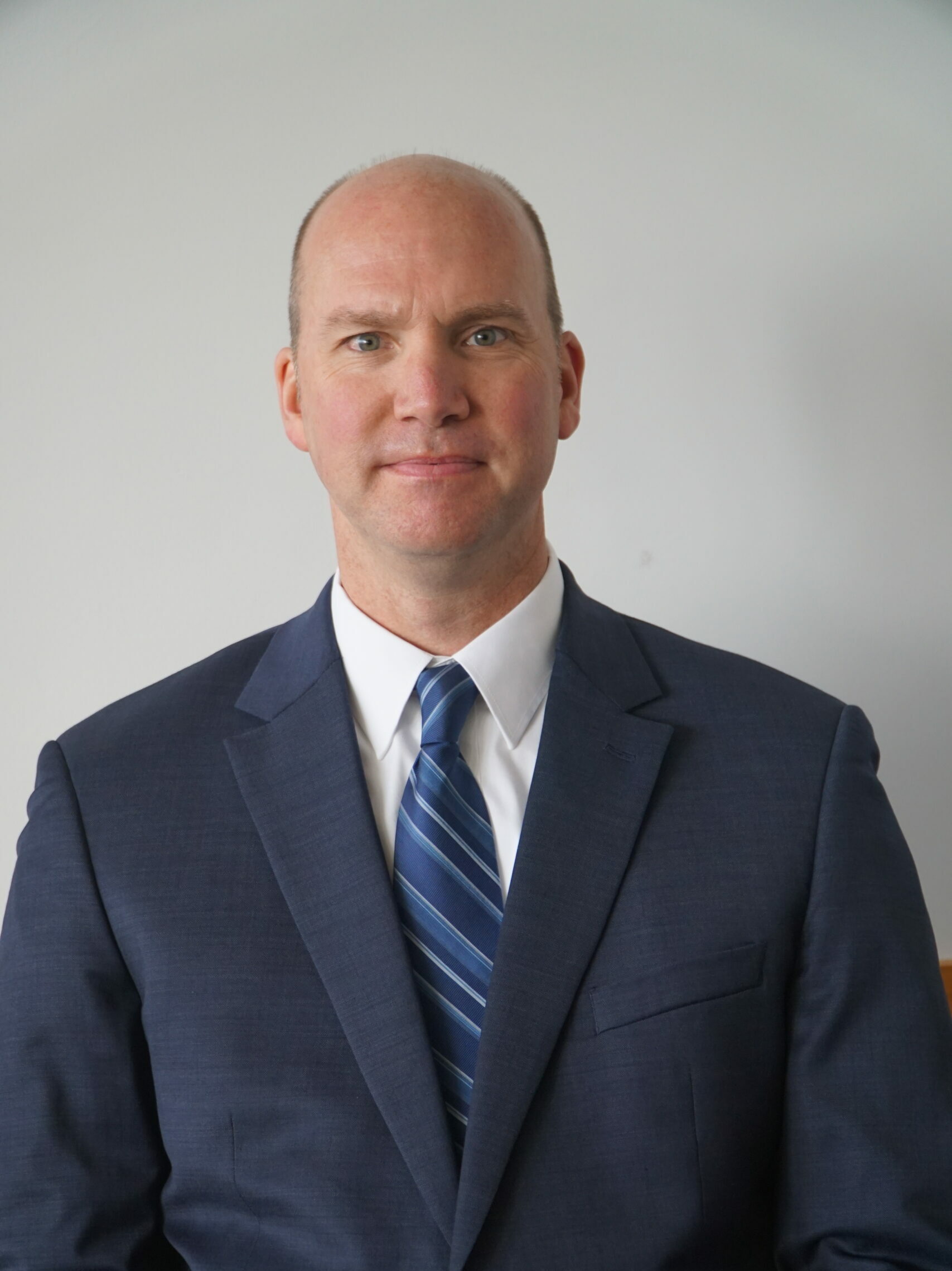Archives Expands Presence on Archdiocesan Website
 By Tim Tomes
By Tim Tomes
Most everyone I know has heard a version of the old saying If a tree falls in the forest and no one is there, does it still make a sound? I know the sound is there, but unless attention is given to it not much happens. With this in mind I’d like to make some noise for some new web features recently added to the Archives pages on the archdiocesan website.
Part of my role as Archdiocesan Archivist is to align the policies and procedures of the Archives office with industry best practices. As an ACDA member (Association of Catholic Diocesan Archivists), I am able to learn from my counterparts in other Catholic dioceses in the United States and Canada. Actually, we all learn from one another, and through email we are in constant communication. I’ve learned a lot from my counterparts, including what information should be included online.
Beginning in the early days of the pandemic, I began working with Coordinator of Digital Media, Gary Hermann, to update the one-page Archives webpage that had served as a temporary starting point. The new updates describe the purpose and mission of the Archives, which is “to collect, preserve, and maintain the papers and artifacts of the Archdiocese, her institutions, bishops/archbishops, priests, and deacons. The mission is also included, which is “The Archives operates under the leadership of the Chancellor as part of the Office of the Archbishop. We provide assistance and support to archdiocesan offices, parishes, and researchers with their sacramental, scholarly and other historical records research. Every Catholic diocesan archives office operates in accordance with Canon Law 482.”
Additional updates (you could call them “phase one”) include a litany of “how tos:” (1) how to submit a historical research request; (2) how to request a sacramental record; (3) how to donate archival material; and (4) how to support the Archives financially. You’ll also find policies on what we collect, what can be accessed, as well as publication permissions and copyright standards.
There’s a lot more!
The new updates include the Archdiocese of Louisville History Center, too. It’s a hidden gem that’s way too hidden. Located across the street from the Cathedral, you’ll see the crème de la crème of artifacts such as a lock of Bishop Flaget’s hair, an adding machine created by Monsignor Michael Bouchet, and a writing pen that belonged to Thomas Merton. Tour docents are there most Sundays from 10:30 a.m. – 2:00 p.m. Ask me about how you can reserve the Center for your next special lecture or meeting.
A driving factor to expand the Archives presence online is tied to the increased interest in genealogical research. We do not provide family tree or full genealogical line research, but we do have 200+ years of sacramental data that can help connect the dots. A new online form helps researchers streamline their request. Along this same line is a listing of external partners and resources for additional support.
While not technically a part of the updated Archives web pages, historical spotlights and features stories are shared via the Archives Facebook page. Let’s be friends!
As I said earlier, you could call these recent updates “phase one.” There’s so much more to share! The work of the Lord happens each and every day in the Archdiocese of Louisville and, frankly, it’s a lot to keep track of so be sure to check back for additional updates.
Tim Tomes is Archdiocesan Archivist for the Archdiocese of Louisville.


